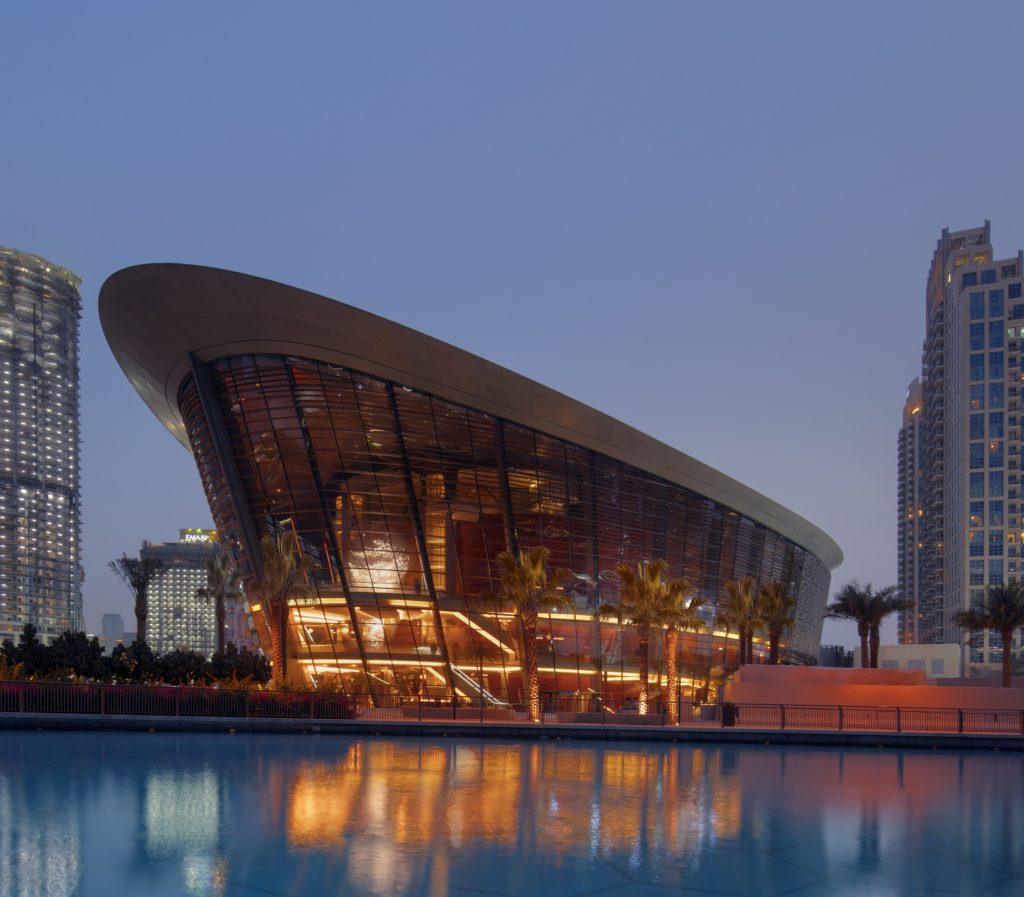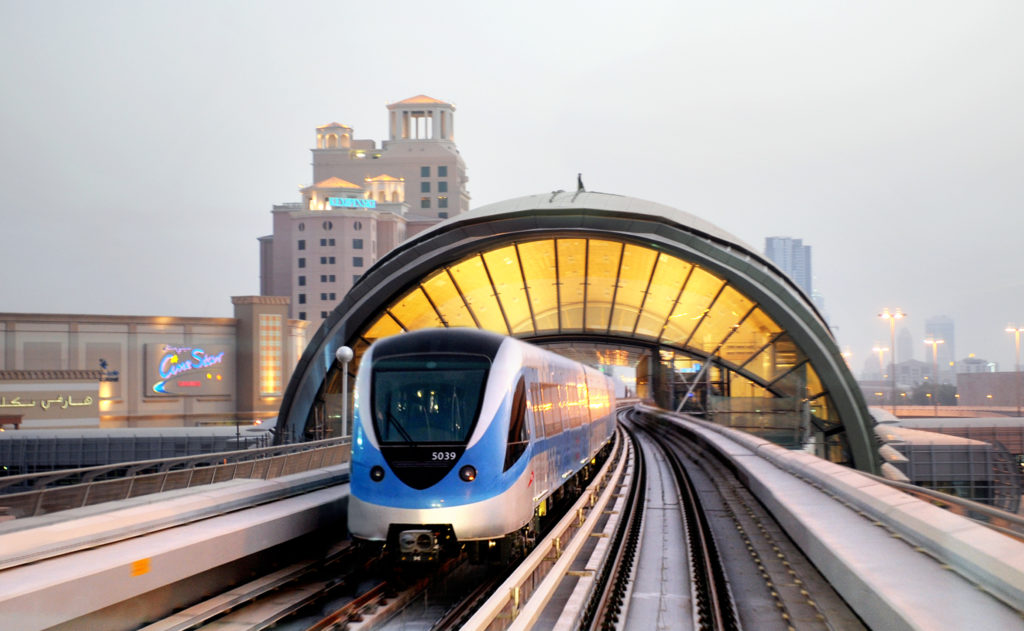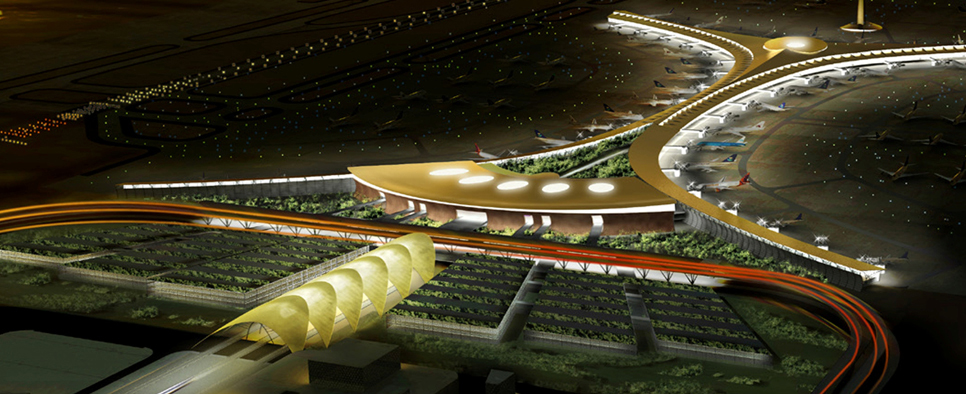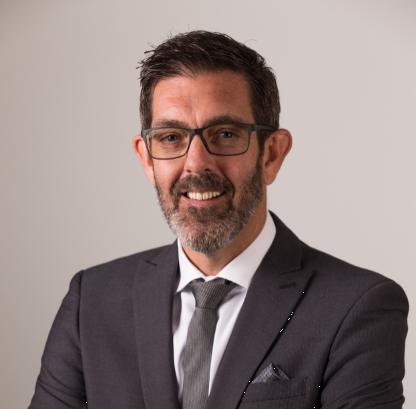Interview with Adrian Lindon, Managing Director, Design and Engineering at Atkins, MEA, on their latest projects and what makes them stand out from the rest.
To read the magazine version of this interview you can do so here.
What is the EDPM business focus within the SNC-Lavalin Group and which sectors do you cover in the GCC?
Atkins, a member of the SNC-Lavalin Group, is one of the world’s most respected engineering, design and project management (EDPM) consultancies. For over 50 years, we have been delivering design and engineering consultancy services for clients in the Middle East region and have influenced many of the region’s iconic projects.
The Atkins business also includes the brands of Faithful+Gould and Atkins Acuity. Faithful+Gould provides integrated project and programme management consultancy, independently or alongside Atkins. Faithful+Gould shares our determination to work closely with our clients and achieve shared success. Together we create a more valuable contribution that leads to effective and successful outcomes for our clients – protecting their assets and maximising value. Acuity is the end-to-end advisory business from Atkins. Acuity Combines management consulting, financing and technical capabilities to help clients solve complex front- end problems in the built environment.

Within the design and engineering business, our focus is around the Built Environment, Civil, Infrastructure and Transportation, and Digital & Technology sectors. Our Built Environment Sector focus is primarily around master planning, hospitality, residential, and mixed-use developments, as well as commercial and cultural projects such as the Dubai Opera House and Bahrain World Trade Centre. Under our Civil, Infrastructure, and Transportation sector, we focus on major metro projects such as the Dubai and Riyadh Metros, International Airports such as King Abdulaziz International Airport (KAIA) in Jeddah, and major civil/ infrastructure projects in KSA.
Could you describe your role in the latest Dubai Festival City marine station project?
This project was an international concept design competition run by Roads and Transport Authority (RTA) in 2017. We were delighted to be the winners of this competition and incorporate innovative solutions to meet the project-specific demands by RTA. As for this project, the design that we created was aimed to be self-sufficient in terms of energy generation, to utilise 3D printing and to be modular to allow flexibility in rolling out the modules at different locations and with different scales around the canal. The canopies housed photovoltaics cells that both provided shade and generated energy for the facility. The design for the Marine Transport Station provided a prestigious customer service and operational facilities building on the new canal from Business Bay to Jumeirah. The sustainable design aimed at generating its own power and hence reduce operational cost and reflect RTA’s commitment to the environment. The station was successfully launched in May 2019.
How is your business focusing on sustainability?
At Atkins, we increasingly think about our performance along the three dimensions or triple bottom line of sustainability—economic, social and environmental. Our goal is to embed this perspective in our approach to everything we do. Over the years, we have looked at several initiatives for driving sustainability into the design of our projects. We approach all our projects with a ‘doing more with less’ attitude, and we particularly look at how we can reduce the operational costs and, therefore, the environmental impact once the asset is operational. We then look at digital asset management allowing clients to manage their assets in the most efficient way possible. In the built environment, our plans and designs aesthetically and functionally blend human and natural elements, while promoting resource conservation and cost efficiency for projects ranging from full-scale communities to individual buildings. In addition, we are also committed to building the UN Sustainable Development Goals into our business strategy which is positive and exciting.
You have worked on various transportation projects all over the world. What are the unique challenges you face in the GCC countries when designing with such commission?
The GCC region continues to transform to meet the needs of its growing population. There is a great opportunity to introduce industry best practices, such as developing design guidelines for transportation projects and to bring in global engineering expertise with local knowledge to help provide greater advantage and agility in projects. The Dubai Metro is a great example where Atkins supported the JV contractor, Japan Turkey Metro Joint Venture (JTMJV), by providing full multidisciplinary design and management of the civil works on the project. Key to our success was integrating the specialist skills from Atkins’ international offices to work with our local presence on this high-profile project. Another challenge was to tackle the project in a carbon-critical way.

Our approach resulted in less aluminium, glass and more insulation than the original designs. Our recommendations saved just over 500m3 of aluminium and a saving of approximately 12,900t (CO2-e) and reduced estimated peak cooling load by around 35%. The first line of the Dubai Metro opened to the public on 09 September 2009. It is the longest automated, driverless system in the world and it has eased traffic congestion by improving mobility throughout Dubai.
How digital transformation in design and engineering is affecting your projects?
As mentioned, we have a dedicated market sector and practice that wholly focuses on digital and technology. Our business is becoming more and more about data and how we manage this data in the way we operate, the way we design and the way we behave as a business. We have been using BIM on our projects for well over a decade now but developments in 4D all the way to 7D are starting to impact on the way we design our projects. Our digital asset management team is focused on building our capability and solutions for clients in asset investment planning, asset performance management, and asset management systems.
What are your views on the transport sector in the region? Is there something extra that needs to be done?
At Atkins, we combine traditional engineering with new technologies and are constantly innovating for clients in the region, by bringing our transportation clients’ ideas to life while meeting increased demands on infrastructure. It is imperative to understand the pros and cons of design and build contracts as this is generally the preferred construction contract for major infrastructure projects. Ensuring the preliminary engineering design and documentation has sufficient detail, and is approved in principle, prior to sending out the tender documentation is crucial. We are also encouraging clients to incorporate digital innovation and sustainability in their projects and make these among the key technical requirements that bring in long-term efficiencies and improve the quality of the user experience.
What is your business strategy and what are some current projects you’re working on?

Our strategy is focused on delivering high-quality services to our clients across the region, while also driving business growth opportunities in key markets such as Saudi Arabia. We are heavily involved in some of the Kingdom’s major projects such as Public Investment Fund (PIF) projects including the design and site operations on several packages on King Abdullah Financial District in Riyadh and the Diriyah Gate masterplan. In the UAE, we have several exciting projects including Marsa Al Arab in Dubai, Saadiyat Grove in Abu Dhabi and the extension to the Dubai Metro into the Expo site, Route2020.




